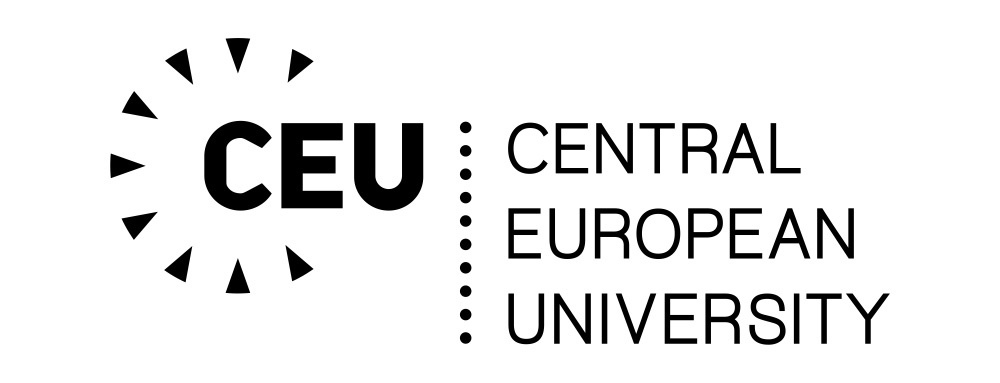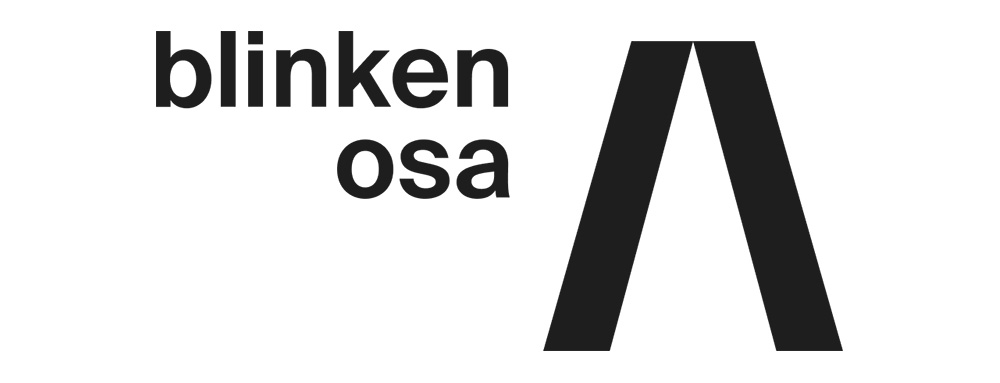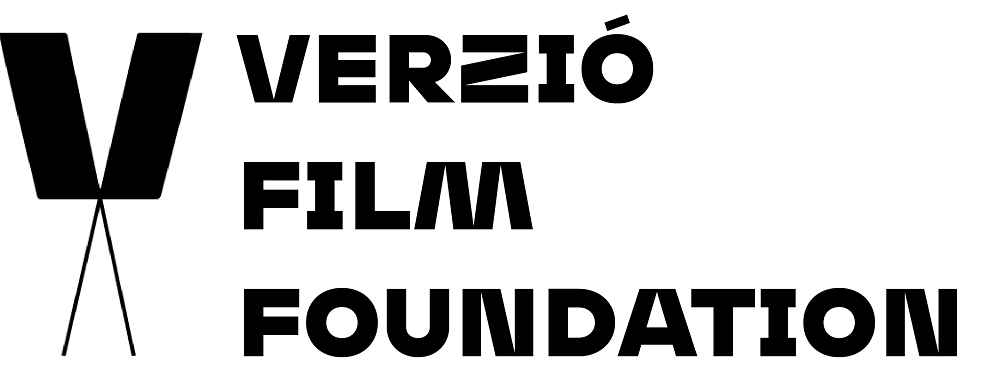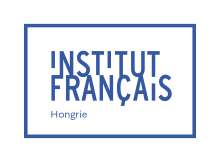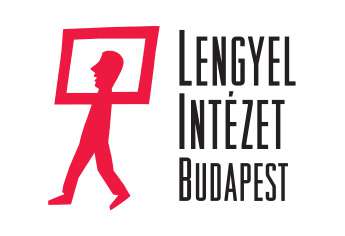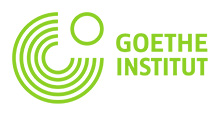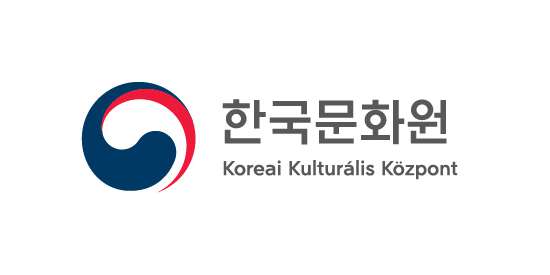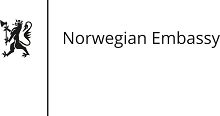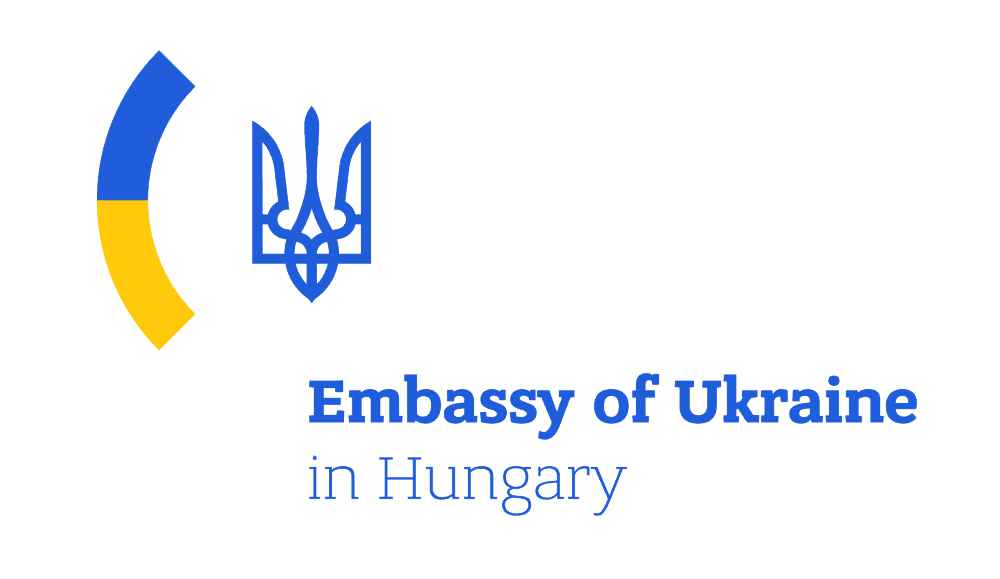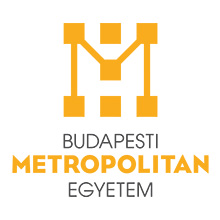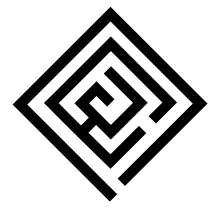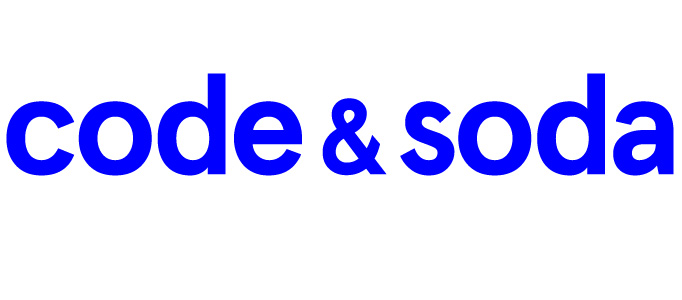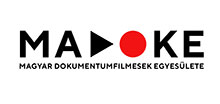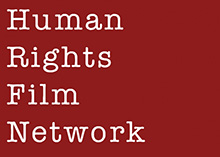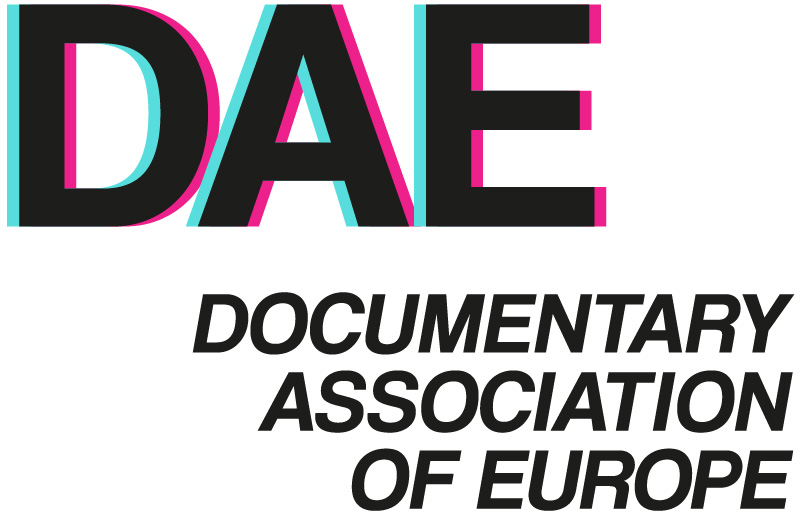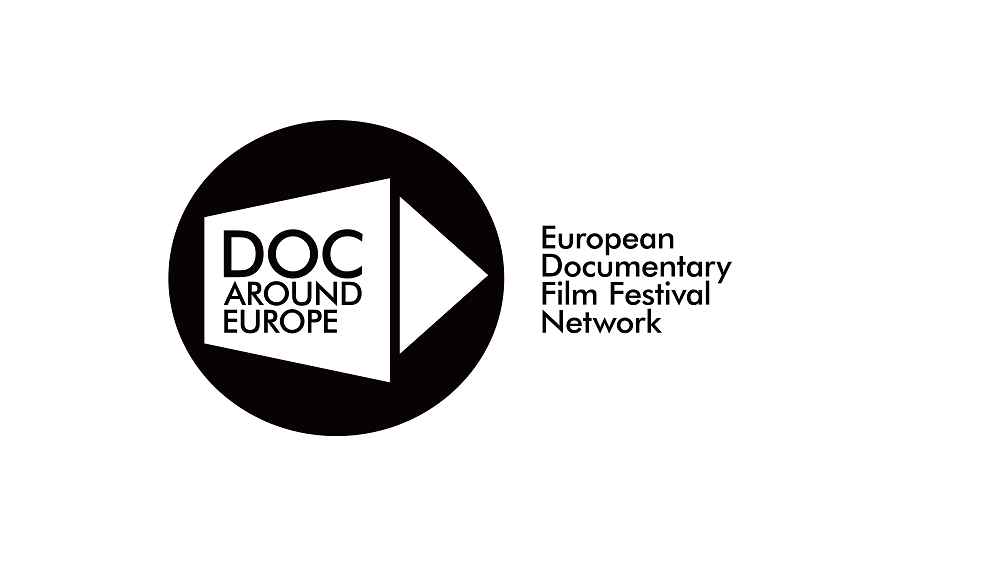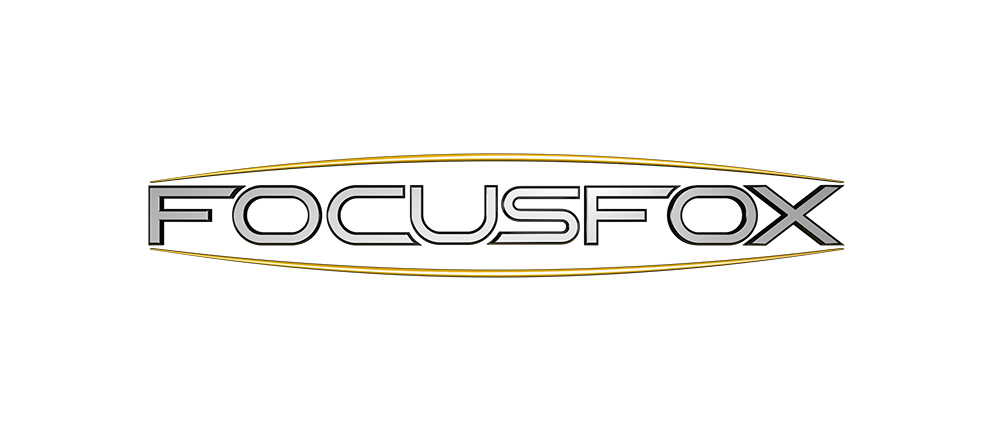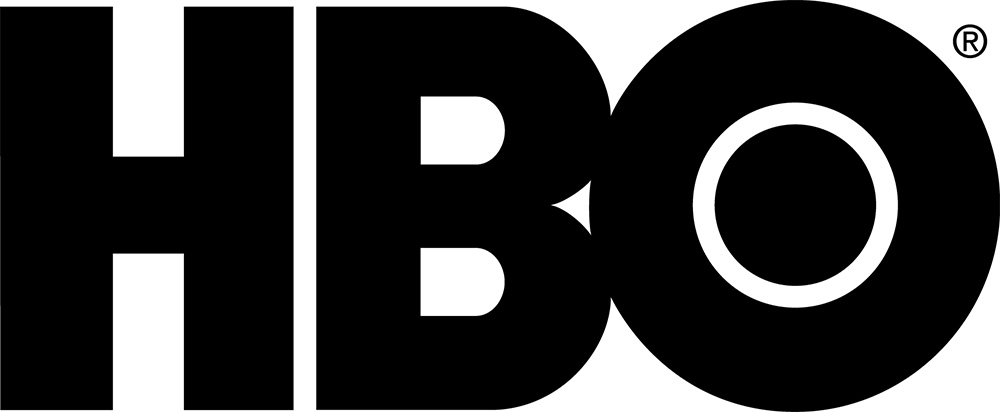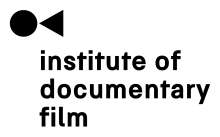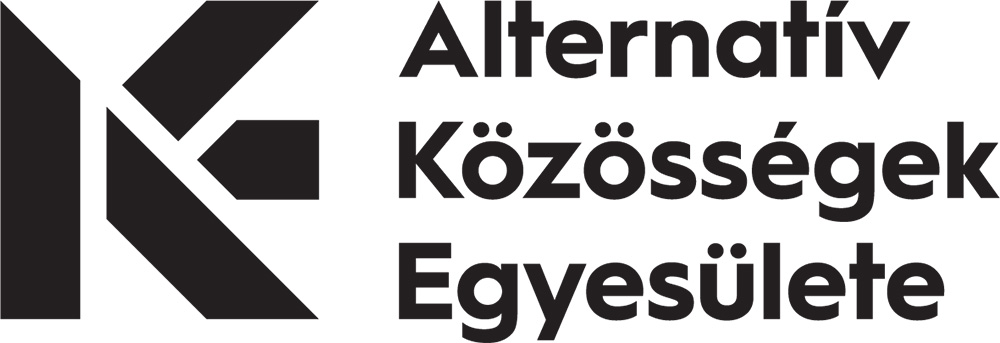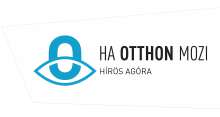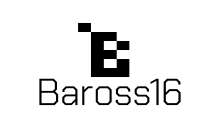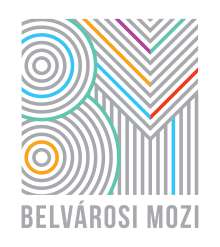On Documentary Modes: How President Helps Us Hold Space for Zimbabwean Stories. // Verzió X ELTE

The film President, directed by Camilla Neilsson, follows MDC-T candidate Nelson Chamisa throughout the tumultuous 2018 election. From campaign speeches, trying to bolster party morale after the sudden death of previous candidate Morgan Tsvangirai, to private election week meetings, trying to ensure an objective polling process, Neilsson brings us with Chamisa through the ups and downs. Neilsson and the cinematographer for President, Henrik Bohn Ipsen, are both from Denmark, but this film wasn’t their first time working in Zimbabwe. They first made connections with the stars of President during their 2014 documentary Democrats, which followed the process of creating Zimbabwe’s new constitution, and they stayed in contact after the production ended.
President, like Democrats, is filmed in the direct cinema documentary mode, which avoids excessive or artificial artistry and authorial commentary, opting instead to show its subjects as authentically as possible through techniques such as long takes, handheld cameras, and synchronous sound. This style eschews the voice-overs, intertitles, and reenactments that can often be found in popular documentaries with the goal of presenting a minimally manufactured story.

President
To make President in such a mode is significant when it comes to both the local issue of the desires of Zimbabwean people being ignored as well as the larger discourse around how different people groups are depicted in media for better or for worse—especially when there are racial, national, or class differences between the media creators and those being depicted. Throughout history, western media sources have often depicted African countries and people groups through a white, colonial lens that views them at worst, as uncivilized savages, and at best, as voiceless victims. Film history and African cinema scholar Nwachukwu Frank Ukadike talks about this in his essay Critical Dialogues — Transcultural Modernities and Modes of Narrating Africa in Documentary Films, where he says: “In fact, critics have observed that most documentary and fiction films (specifically ethnographic and anthropological films), are mere spectacles constructed to titillate Western viewers; or, at best, they serve as fragments of reality, depending on the nature of the real or what one conceives of as the real.”(1) By approaching the filming process from the direct cinema mode—in which the director merely captures events without interfering through directions, questions, or exposition, Neilsson removes herself as much as possible from the formation of the narrative, instead enabling the words and actions of Chamisa, his team, and the Zimbabwean people to tell their own story.
One scene in particular stands out in which Chamisa and his team are at a rally where the audience is invited to ask questions and make comments. Through the eye of the camera we watch and listen along with Chamisa to the hopes, worries, and expectations of multiple of his supporters, who speak boldly to the crowd. In other scenes, we get to see the deliberations between Chamisa and his team as the election process becomes more muddied and they have to discern how to best fight against election fraud. In these scenes, the people are not passive subjects for the audience to be informed about by an all-knowing narrator, but active agents that we learn from as we listen to them write their own story.
Though President doesn’t outline any humanitarian action for the film viewer to take, it is not entirely without critique of the international community. In multiple scenes we can see international journalists present during the final weeks of the election, vote counting, and the subsequent court case over election fraud accusations, yet we never see them press ZANU-PF regarding the results and a quick search of their publications can confirm that none of them rang the alarm bell regarding the multiple steps missing for a free and fair election. This made for not only a lack of international pressure, but a sort of international approval of the 2018 electoral process. Because these journalists and news sources are visible within the documentary, including at critical junctures in the election, viewers have the opportunity to check for themselves the extent at and style in which these groups reported on the allegations of fraud.
President leaves its story off in August of 2018 at the inauguration of Emmerson Mnangagwa, but the story of Chamisa, MDC-T, and the Zimbabwean people’s fight to be heard and respected in a free and fair election continues, and from what we can see in President, it is a fight they’re willing and ready to face again in the next electoral season. This next time, perhaps, the international community will not merely watch the election as a spectacle, but listen, respect, and support the democratic will of the people.
[1] Ukadike, Nwachukwu. (2009). Critical Dialogues – Transcultural Modernities and Modes of Narrating Africa in Documentary Films. Matatu - Journal for African Culture and Society. 36. pp. 297–312.
Marissa Jensen
ELTE Film Studies MA
